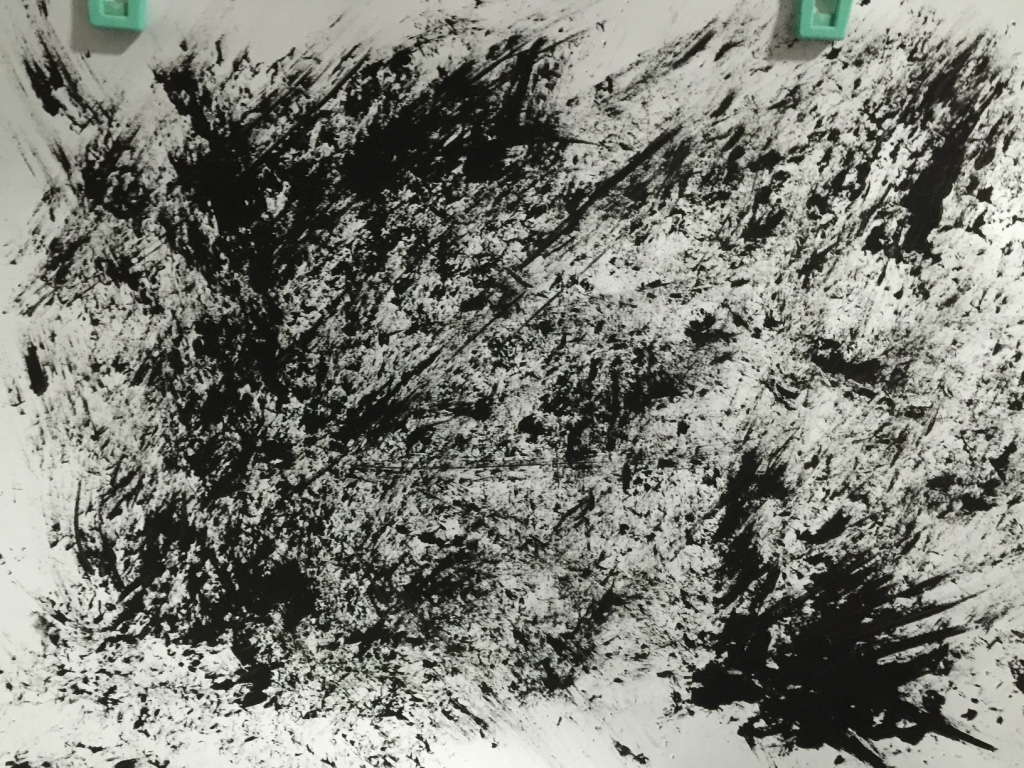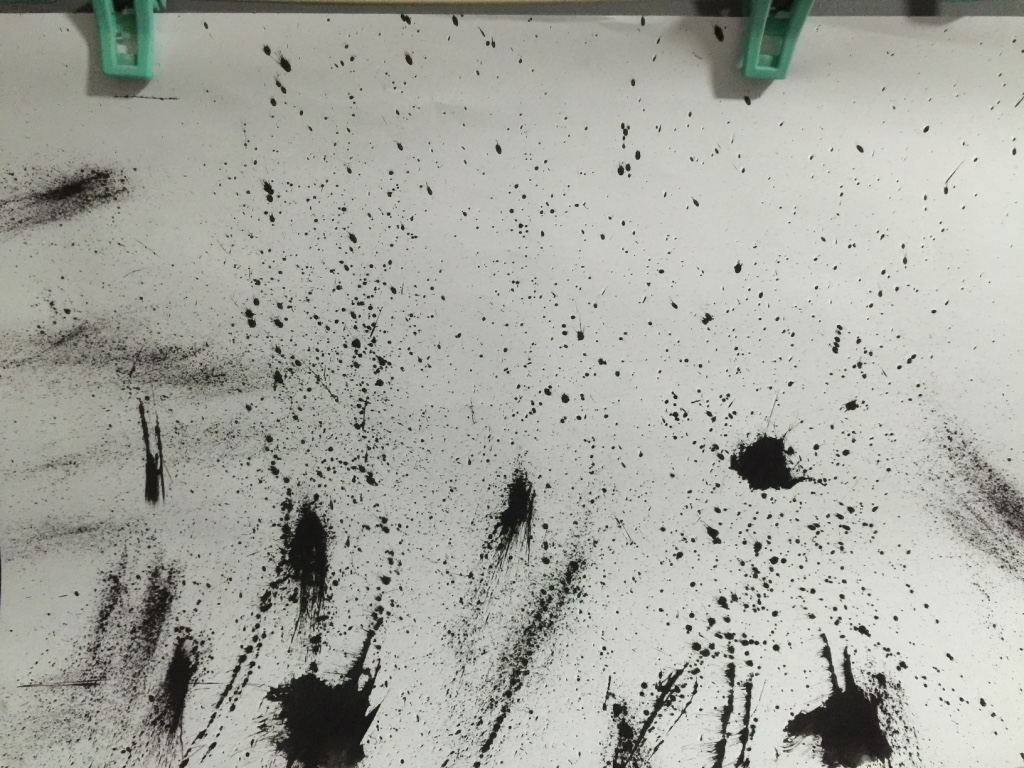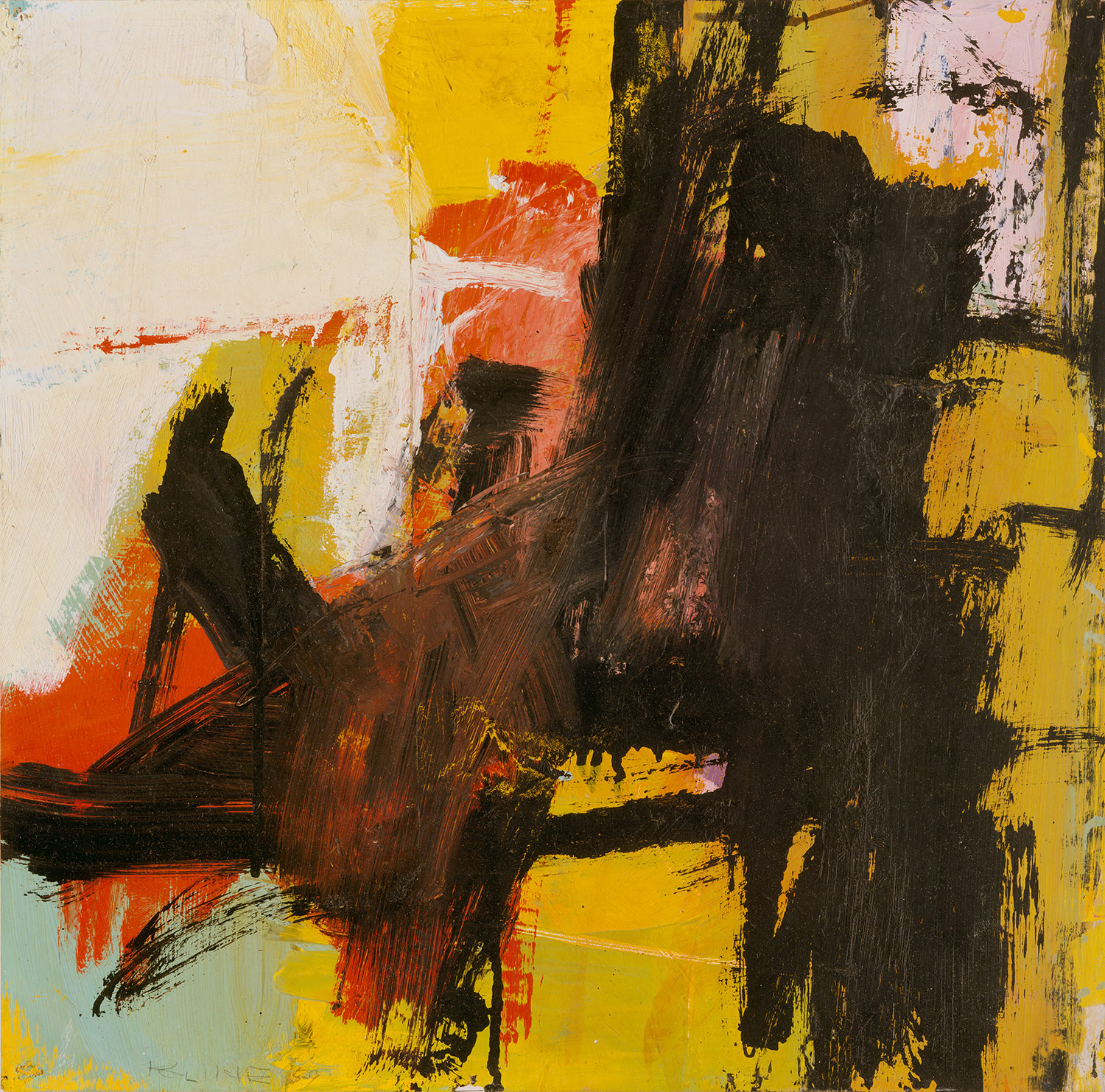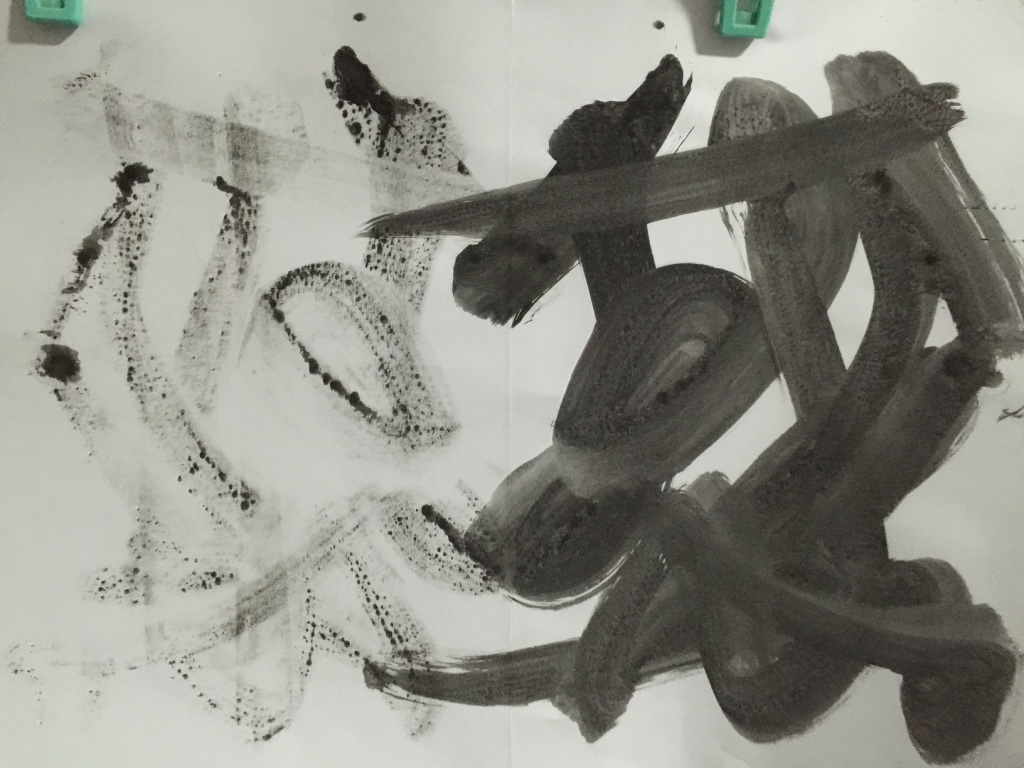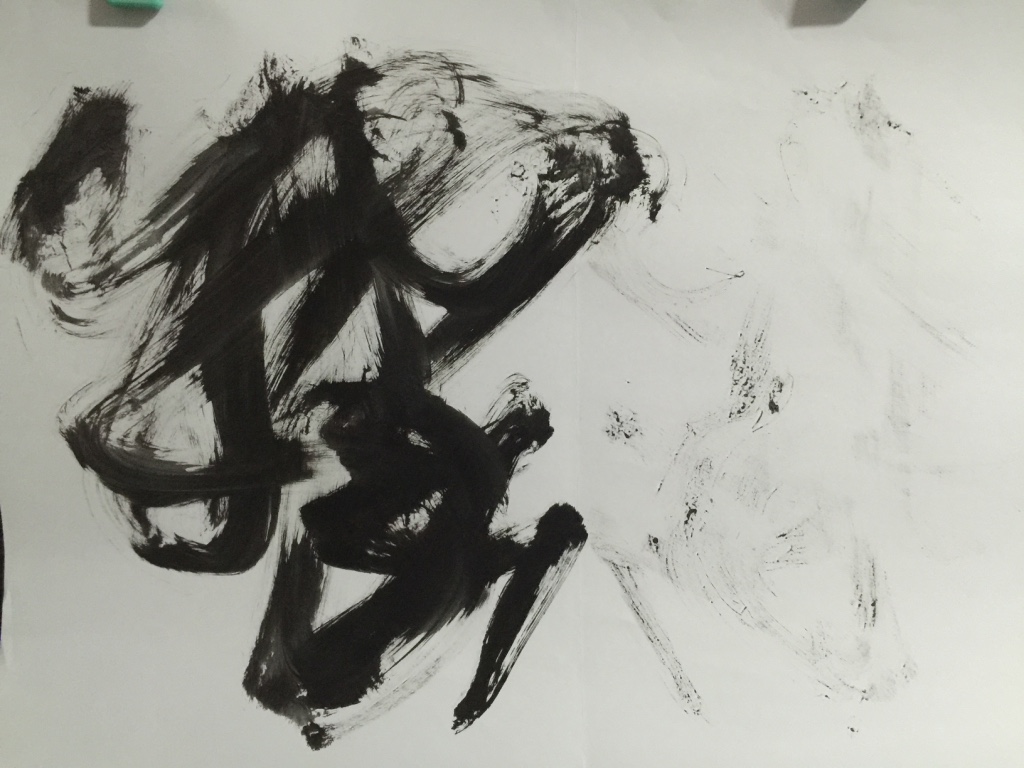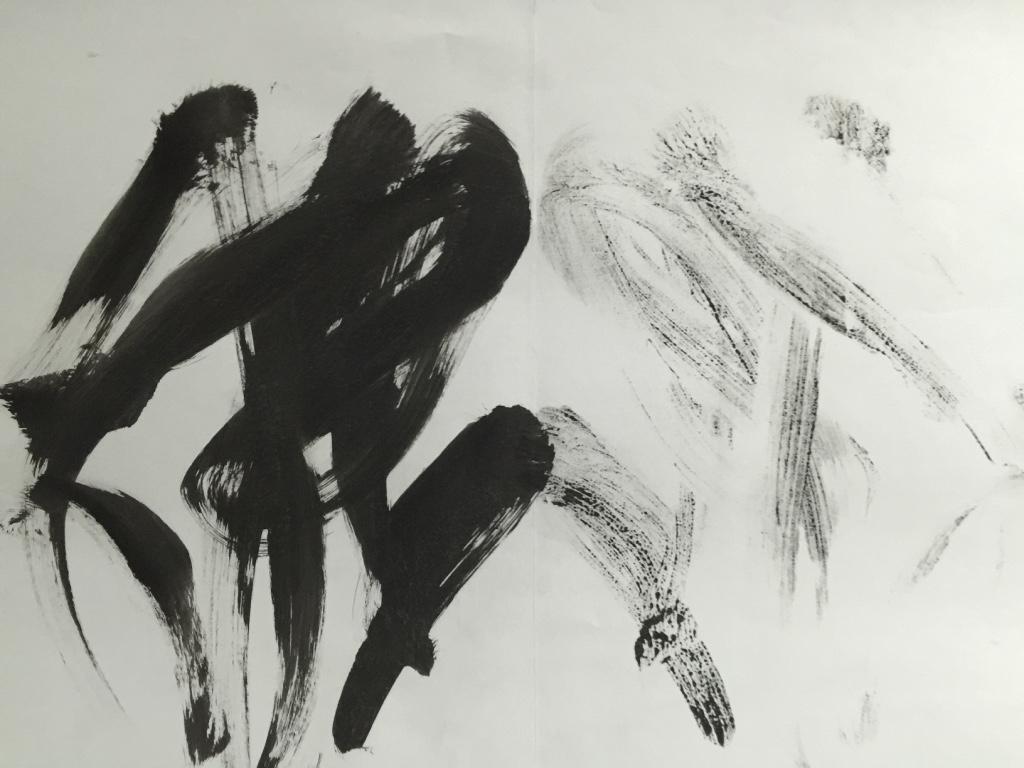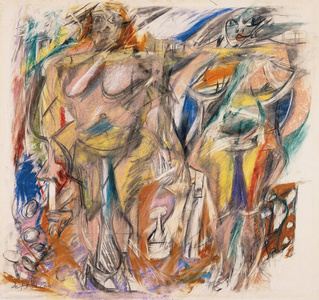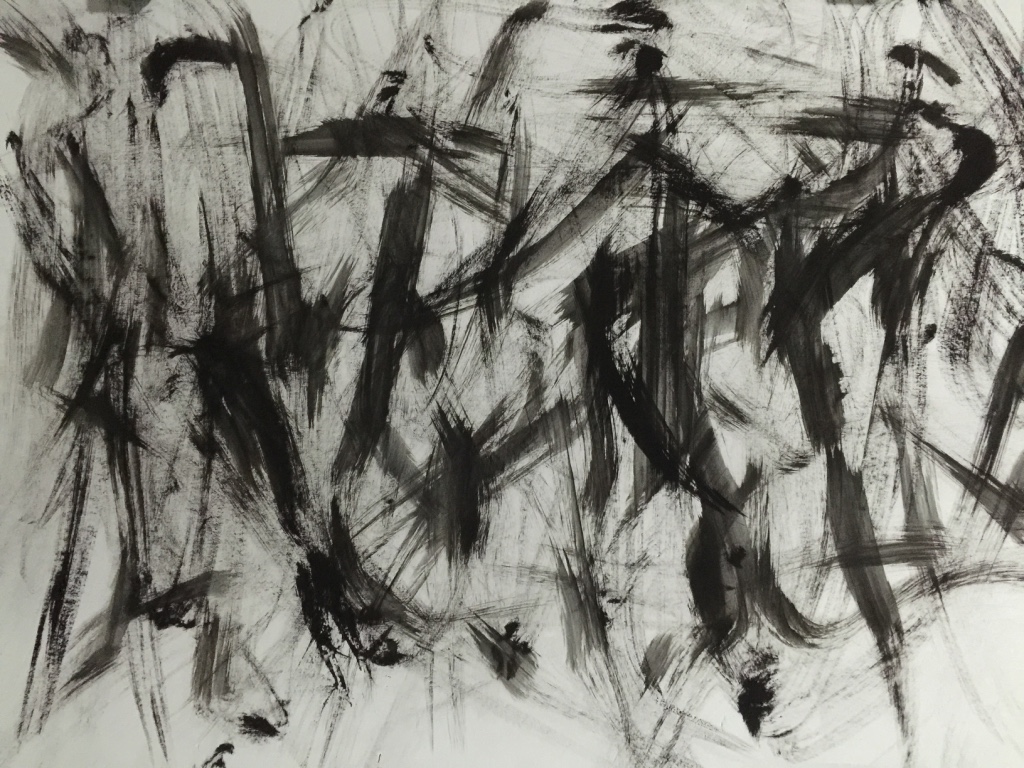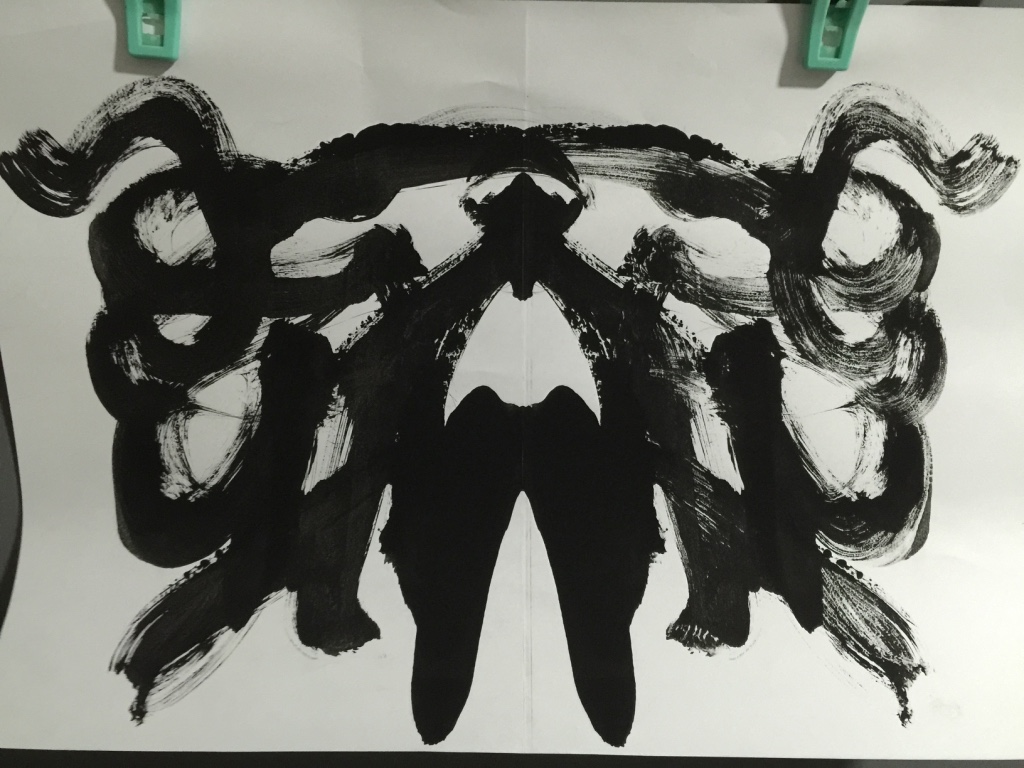PLAYING W/ MONOPRINTS \\


It first started quite bad as I didn’t really get what I should really do with monoprinting. So I ended up more of just drawing and doodling what I wanted on the paper. But, it was a first time experience, I didn’t really expect much either.
RESEARCH OF ARTISTS ON MONOPRINTS \\
Mark Bradford
Mark Bradford is an artist whose work I really wanted to try. His method of compiling random objects and recycled materials was really interesting.
Mark Bradford, When it stops snowing, 2010, Mixed media collage on canvas, 275 x 372 cm
I brought some random recycled objects like milk cartons, egg trays, boxes and strings to test out. Also, I found and picked some random objects like twigs, leaves and beans. The one thing I had to do was to really flatten all the objects and paste it over with white paper.

Sadly, the plan didn’t work out that well as the objects did not really flatten that much, and I tried cutting them but they were all pretty plain. I ended up using them for monoprinting instead and got some of the following prints below!

 The second picture was actually made by dipping the whole twig in paint and scratching it around the paper. It was pretty cool to see what kind of images I could get even if the Mark Bradford technique didn’t really work out well. The process was pretty fun!
The second picture was actually made by dipping the whole twig in paint and scratching it around the paper. It was pretty cool to see what kind of images I could get even if the Mark Bradford technique didn’t really work out well. The process was pretty fun!






